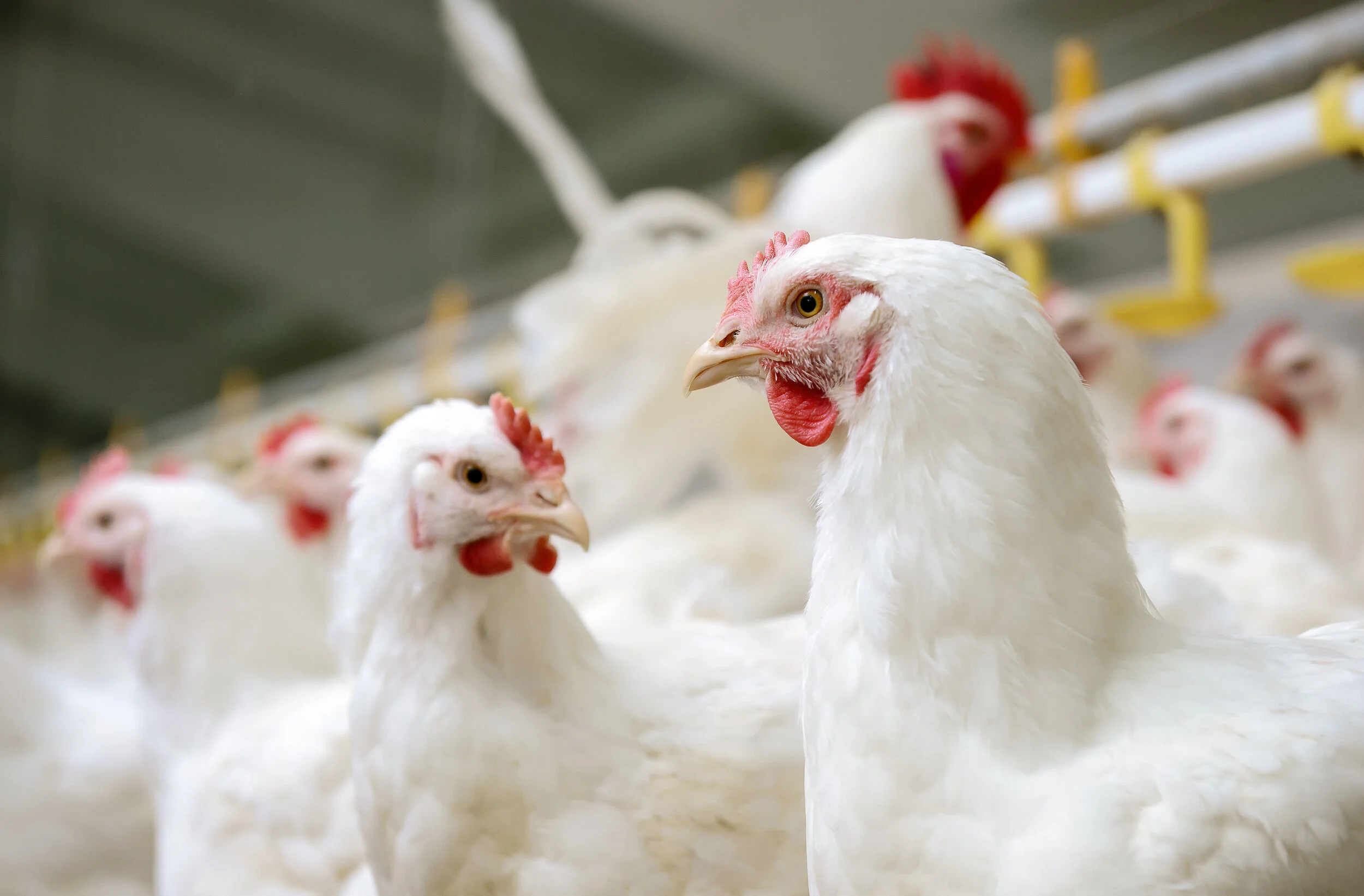A Look Into The Sustainability of Canada’s Chicken Industry
Chicken farmers across Canada are known for their proactive implementation of on-farm programs that prioritize the health and wellness of birds, the safety of their products, and responsibility for the land. Since all registered chicken producers in Alberta are required to comply with the practices set out by the Chicken Farmers of Canada, we thought it would be helpful to provide an overview of how Canadian chicken farmers are demonstrating responsibility on their farm and for their consumers.
The following blog post summarizes some key points from the Chicken Farmers of Canada’s 2018 Sustainability Report. You can read the full report here: https://www.chickenfarmers.ca/chicken-farmers-of-canadas-sustainability-report/
1. Prioritizing Bird Health and Welfare
The National Farm Animal Care Council developed codes of practice for all Canadian farmers on the proper care and handling of farm animals. These codes are enforced by individual industries through their own animal care program. The codes outline a set of practices for hatcheries, proper housing requirements for the birds, feed and water requirements, flock health management, transportation requirements, and more.
The chicken industry operates under the national Raised by a Canadian Farmer Animal Care Program. This program is in place to make sure that chicken farmers across the country are complying with all codes and practices. Farmers are audited annually to ensure compliance and accountability for every farm, and enforcement measures are in place, including monetary penalties and even license suspension.
2. Reducing Environmental Footprint
Over the last 40 years, Canadian chicken farmers have adopted practices on the farm to reduce their environmental impact. They take great pride in their efforts and hard work to be an environmentally sustainable industry. A 2017 environmental report identified three key ways that Canadian chicken farmers are improving their environmental footprint:
Carbon footprint has been reduced by 37%. In fact, Canadian chicken has the lowest carbon footprint in North America, and one of the lowest among chicken-producing regions in the world.
Water consumption has been reduced by 45%. From farm to fork, about 65L of water is required per kilogram of chicken produced.
62% of the industry’s total energy use comes from renewable resources, and 80% of Canadian farmers have taken measures to maximize their energy efficiency.
3. Food Safety
Chicken Farmers of Canada also implement an On-Farm Food Safety Program which was developed to meet the standards put in place by the Canadian Food Inspection Agency. All provinces have made this program mandatory, and 100% of registered farms must be certified under this program in order to sell chicken in Canada.
Traceability is a crucial part of ensuring food safety, and biosecurity measures are in place and enforceable on the farms. These measures strive to keep pathogens out of the barn and reduce the chances of disease outbreaks. In the event that a disease outbreak happens, all provinces have an emergency response plan in place with procedures and protocols that must be taken to limit the spread of disease and mitigate the outbreak quickly and effectively.
There is also a strategy in place to eliminate the use of antibiotics on chicken farms that affect human health. Canadian chicken farmers have already made progress in eliminating these categories of antibiotics; however, it’s important to note that antibiotics are essential for the health of the birds.
For more information on food safety and antibiotic use you can visit: https://www.chickenfarmers.ca/on-farm-food-safety/
In your local grocery store, look for the Raised by a Canadian Farmer and know you are getting a product raised to the highest standard of care, quality and freshness.
The views expressed in this document are those of Taste Alberta and do not necessarily reflect the provincial and federal governments.
Credits:
Written by: Elisa Valade
July 6, 2020


